




Author: Omansh
Yoga 0
Endometriosis is a chronic and often painful condition that affects millions of women globally, particularly those in their reproductive years. Despite its prevalence, it remains underdiagnosed and misunderstood. This condition not only brings physical discomfort but also impacts fertility, emotional well-being, and overall quality of life. Many women spend years navigating misdiagnoses before receiving appropriate endometriosis treatment.
What is Endometriosis?
So, what is endometriosis? Endometriosis is a disorder in which tissue similar to the lining of the uterus grows outside the uterine cavity. Although it behaves like endometrial tissue - thickening, breaking down, and bleeding each menstrual cycle - it cannot exit the body, leading to inflammation, scar tissue, and adhesions.
Common locations for these endometrial-like growths include
1. Ovaries
2. Fallopian tubes
3. Pelvic lining
4. Bladder
5. Rectum
This misplaced tissue can cause immense pain, particularly during menstruation.
Causes of Endometriosis
The exact cause of endometriosis is still unknown, but several theories have been proposed:
1. Retrograde Menstruation:
Menstrual blood flows backward into the pelvic cavity instead of leaving the body.
2. Hormonal Imbalance:
Estrogen dominance is often linked to the development of endometriosis.
3. Genetic Predisposition:
It can run in families, suggesting a hereditary component.
4. Immune System Dysfunction:
A compromised immune system might fail to eliminate misplaced endometrial cells.
5. Surgical Scar Implantation:
Procedures like C-sections or hysterectomies might relocate endometrial tissue to different areas.
Understanding the potential cause of endometriosis is crucial for effective management and treatment.
Endometriosis Common Symptoms
Women with endometriosis can experience a wide range of symptoms, which may vary in intensity. Common signs include
1. Severe menstrual cramps (dysmenorrhea)
2. Chronic pelvic pain
3. Pain during intercourse (dyspareunia)
4. Painful urination or bowel movements
5. Heavy or irregular periods
6. Fatigue, nausea, or bloating
7. Infertility or difficulty conceiving
Recognizing these symptoms early can help in getting a timely diagnosis.
Stages of Endometriosis
Endometriosis is classified into four stages based on the severity and spread of the disease:
1. Stage I (Minimal):
Few small lesions, minimal scar tissue.
2. Stage II (Mild):
More and deeper lesions, mild adhesions.
3. Stage III (Moderate):
Multiple deep implants, small cysts on ovaries.
4. Stage IV (Severe):
Large cysts, many deep implants, and dense adhesions.
These stages help in determining the appropriate endometriosis treatment.
How is endometriosis diagnosed?
Diagnosis of endometriosis typically involves:
1. Medical History and Symptom Evaluation:
Initial assessment based on symptoms.
2. Pelvic Exam:
To identify cysts or scar tissue.
3. Imaging Tests:
Ultrasound and MRI can help spot larger endometriomas.
4. Laparoscopy:
A minimally invasive surgery is the gold standard for a definitive diagnosis.
5. Future Prospects:
Biomarker research may soon offer non-invasive diagnostic options.
Early diagnosis is key to preventing long-term complications.
Treatment Options for Endometriosis
a. Conservative Management
1. Pain Medications:
NSAIDs like ibuprofen can reduce inflammation.
2. Hormonal Therapy:
Birth control pills, hormonal IUDs, and GnRH agonists can suppress endometrial growth.
3. Diet and Lifestyle:
Anti-inflammatory diets, regular exercise, and stress reduction play a supportive role.
b. Physiotherapy
1. Pelvic Floor Physical Therapy:
Targets muscle imbalances and tension.
2. Myofascial Release:
Relieves pain through hands-on therapy.
3. Movement Therapy:
Helps manage chronic pelvic pain and enhances mobility.
Physiotherapy is a non-invasive and holistic approach to endometriosis treatment.
c. Surgical Treatment
1. Laparoscopic Surgery:
Removal of endometrial tissue and adhesions.
2. Excision of Cysts:
Particularly endometriomas.
3. Hysterectomy:
Reserved for severe, non-responsive cases.
Endometriosis and Fertility
Endometriosis can significantly affect a woman’s ability to conceive:
1. Ovulation Disruption:
An inflammatory environment can impair egg release.
2. Poor Egg Quality:
Affected by chronic inflammation.
3. Blocked Fallopian Tubes:
Due to adhesions and scarring.
Endometriosis treatment for fertility may involve:
● Hormonal regulation
● Surgical removal of lesions
● Assisted reproductive technologies (ART), including IVF
A multidisciplinary approach often yields the best outcomes.
Life with Endometriosis: Coping & Support
Living with endometriosis requires physical, emotional, and social adjustments:
1. Pain Management:
Regular treatment and physiotherapy help reduce discomfort.
2. Mental Health:
Anxiety and depression are common; therapy and support groups are essential.
3. Community Support:
Awareness and shared experiences can reduce feelings of isolation.
4. Multidisciplinary Care:
Gynecologists, physiotherapists, dietitians, and mental health professionals should collaborate.
Holistic care can make life more manageable and fulfilling.
Conclusion
Endometriosis is a real, complex, and manageable condition. Understanding what endometriosis is can empower women to seek timely medical help and adopt effective lifestyle changes. With a combination of medical treatment, physiotherapy, and emotional support, it is possible to lead a healthy and fulfilling life. Early diagnosis, patient education, and multidisciplinary care are the cornerstones of managing endometriosis. Always consult your doctor for a personalized diagnosis and treatment plan.
Frequently Asked Questions
Add comment

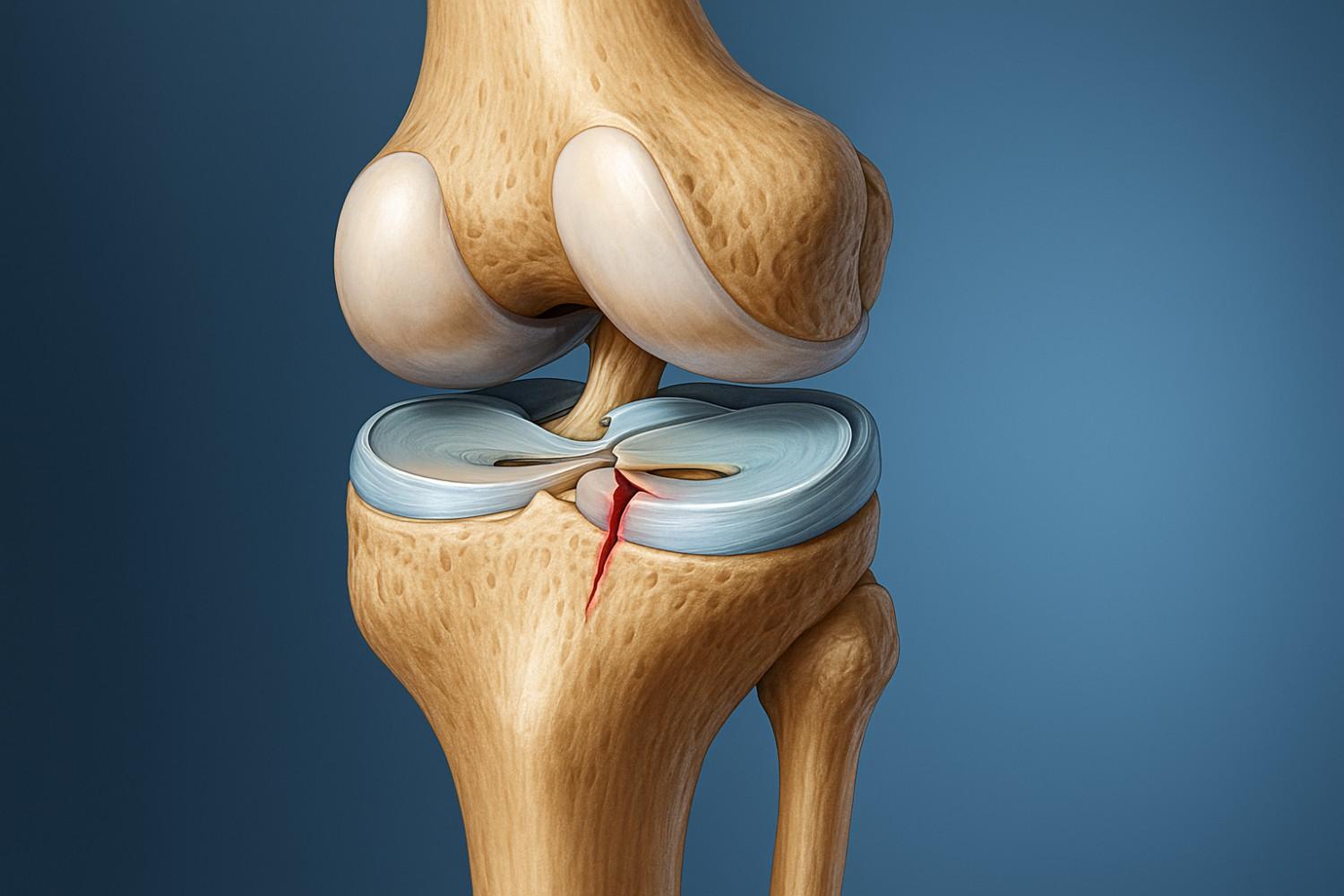
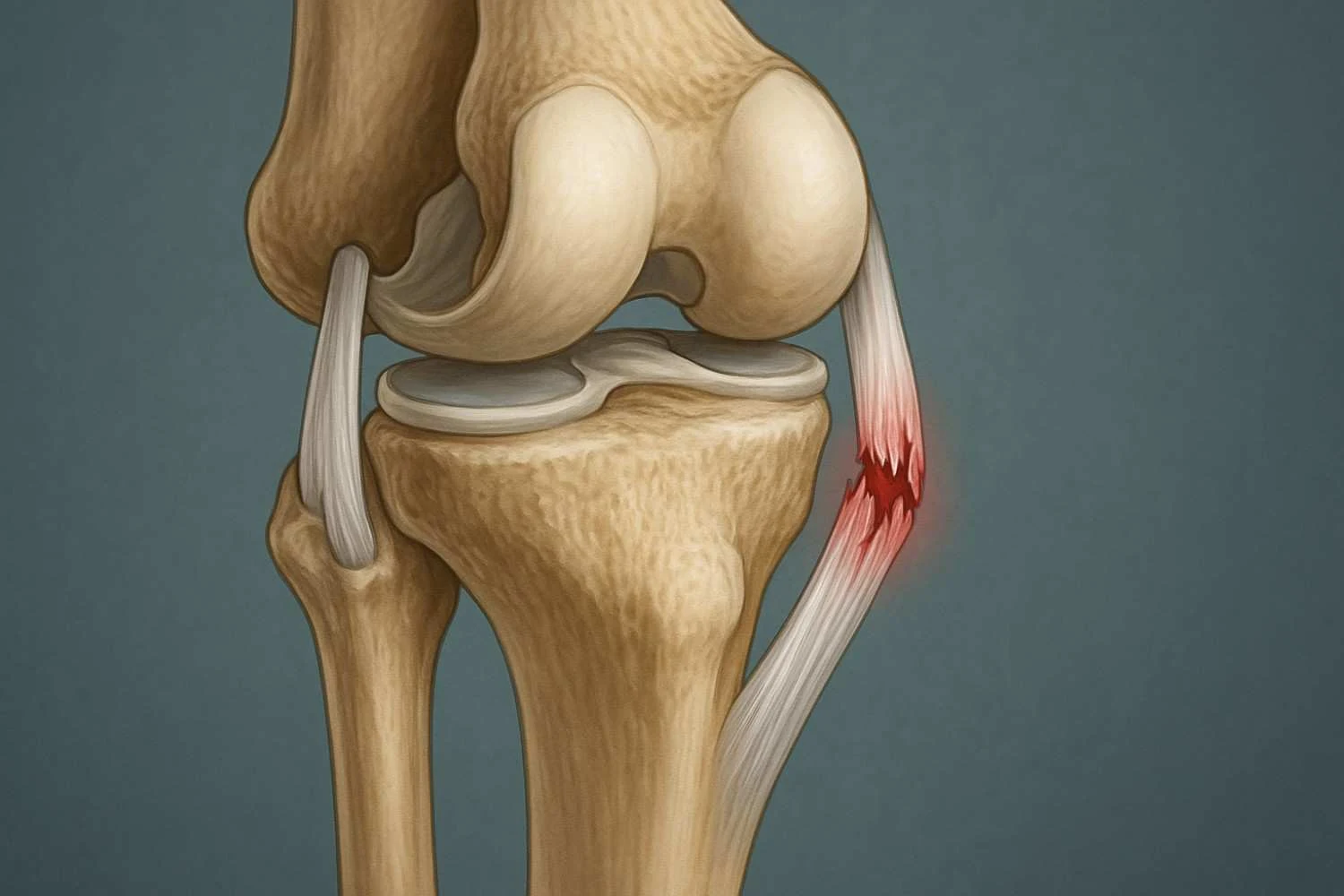


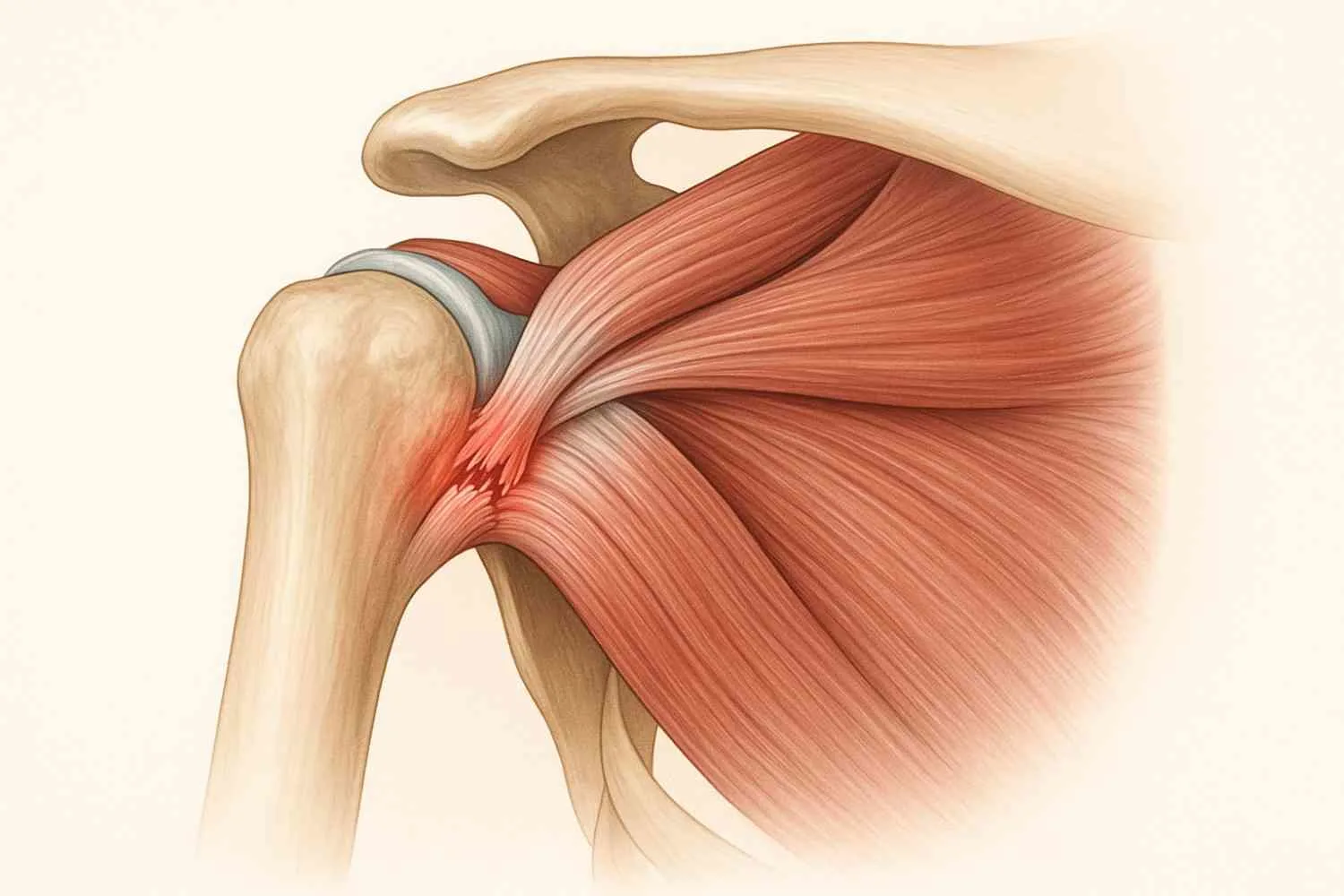
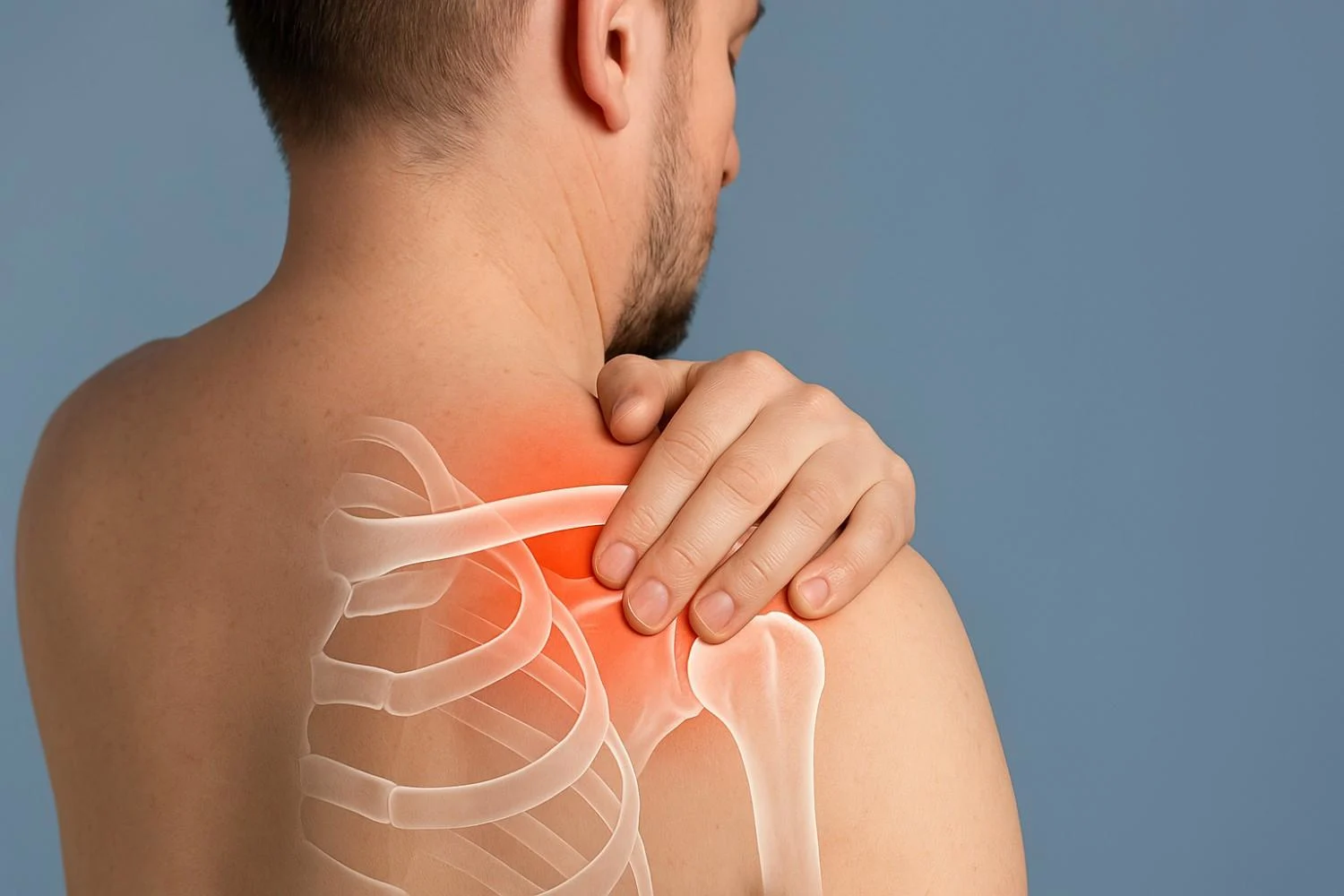
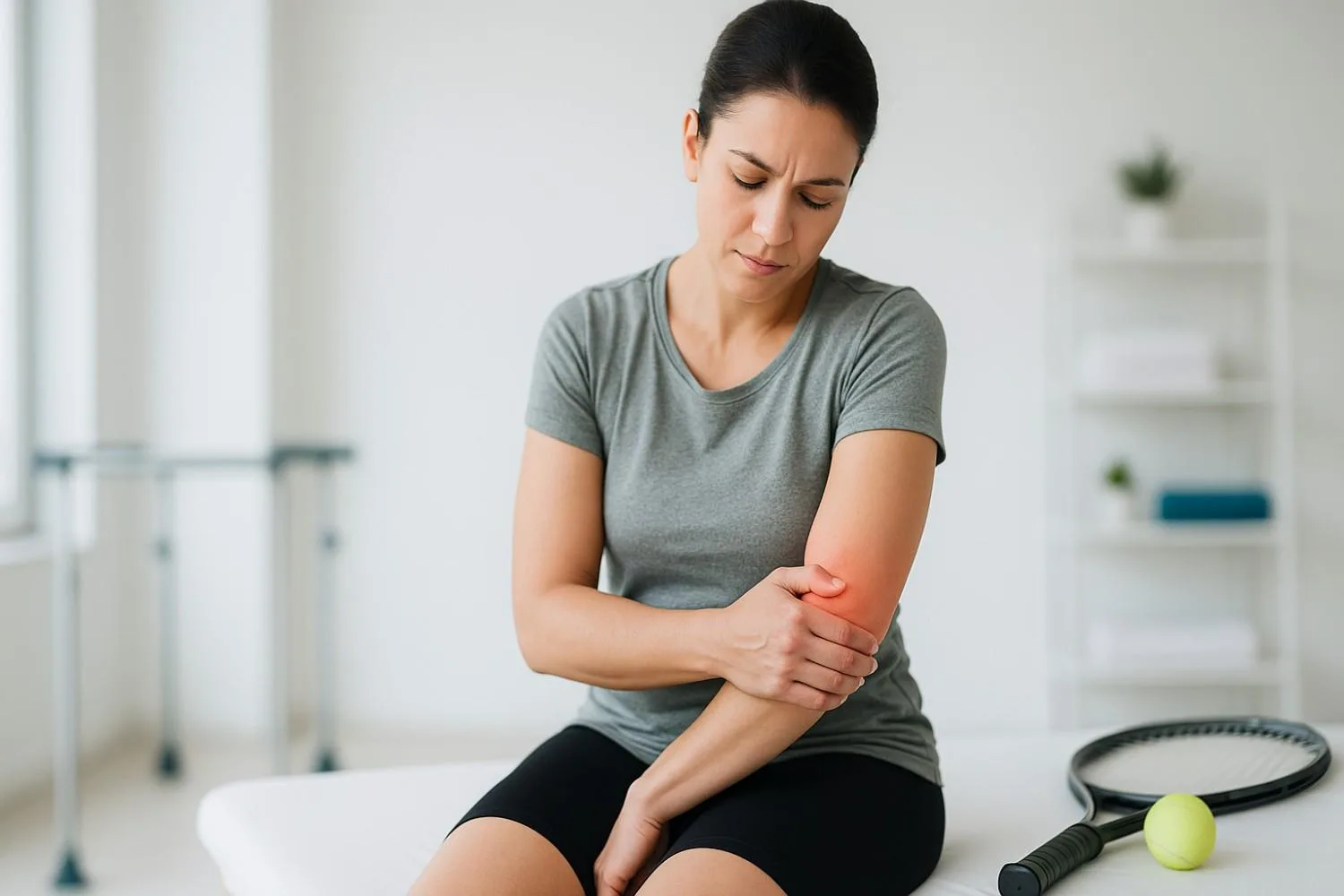
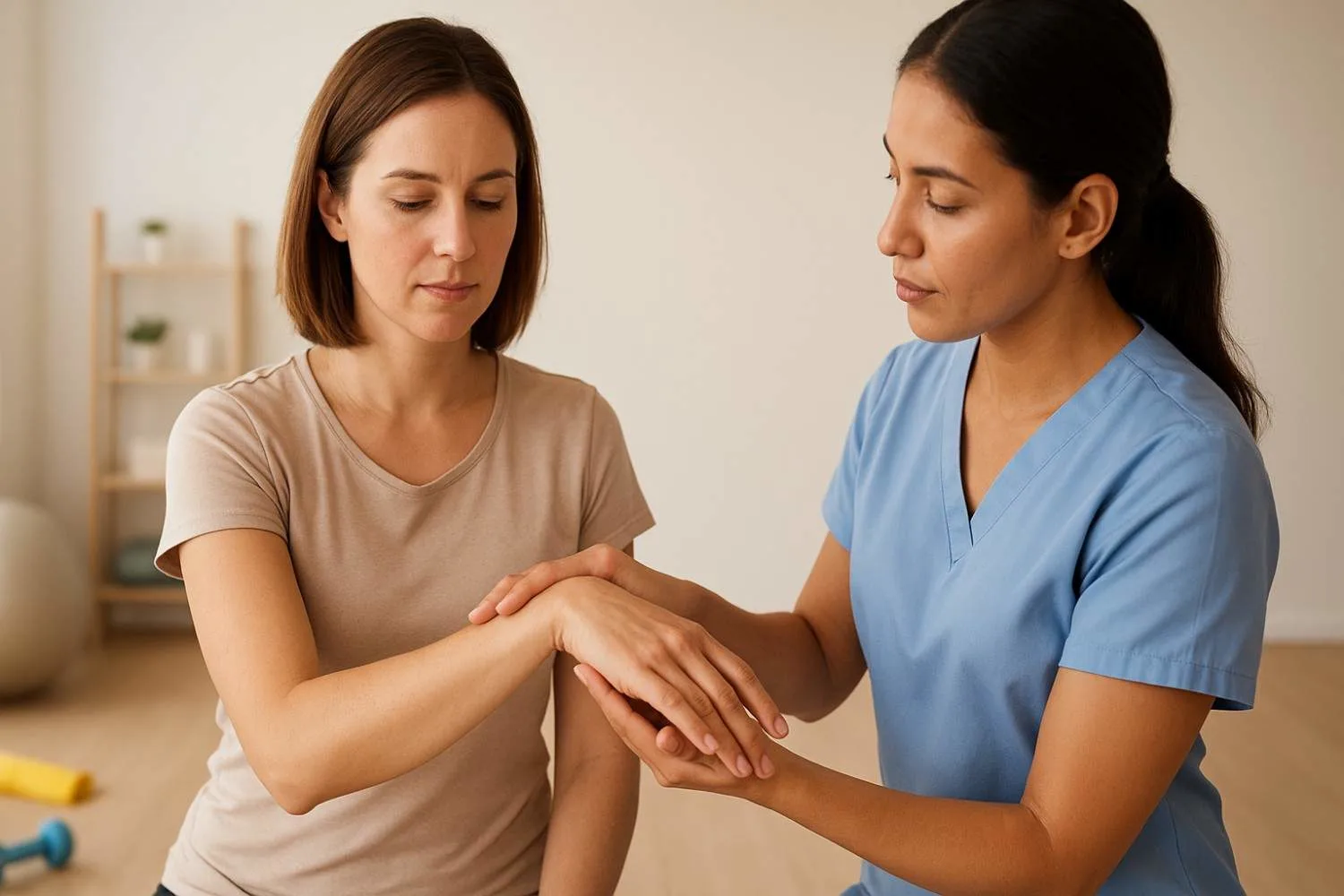

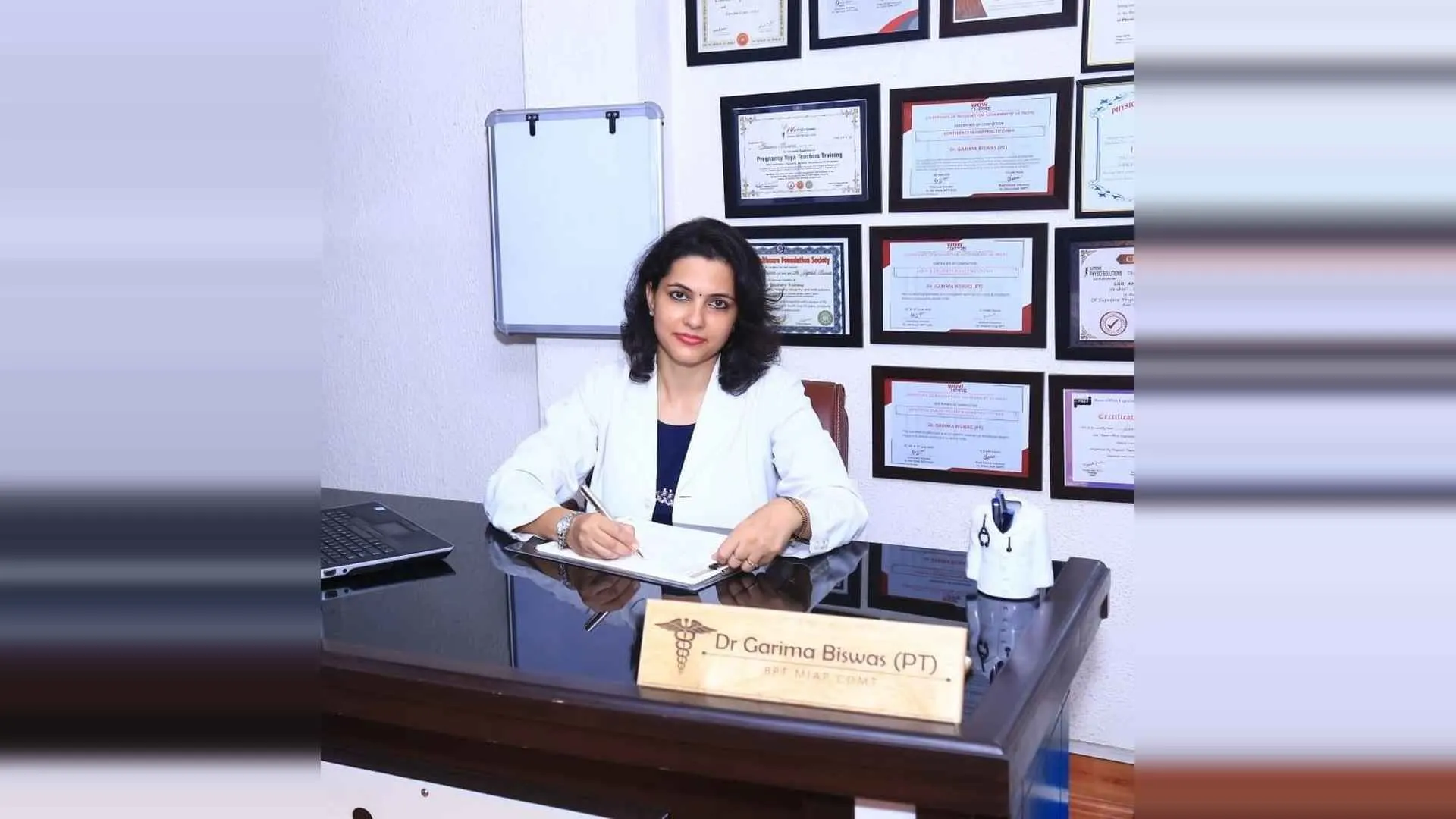
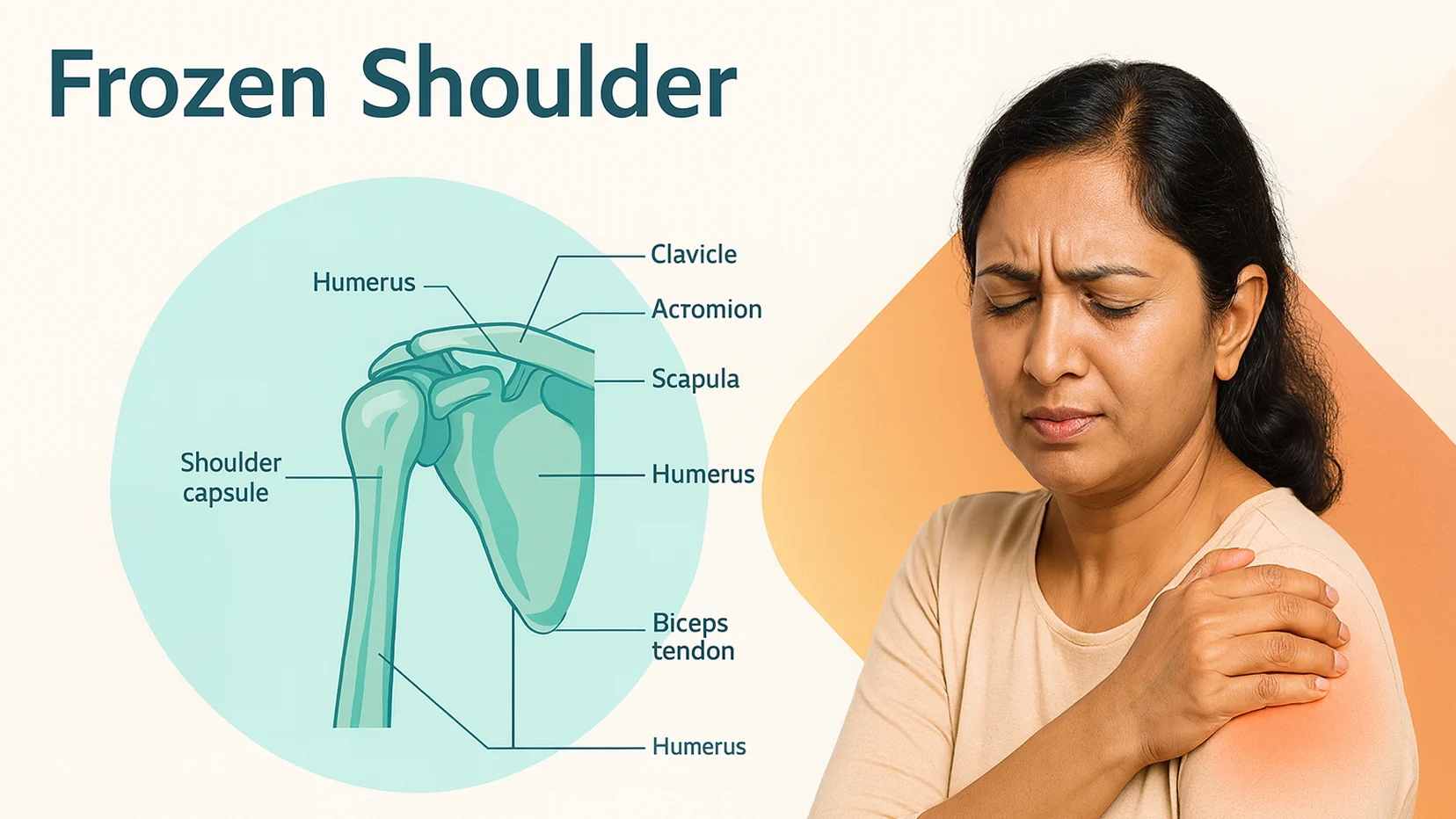
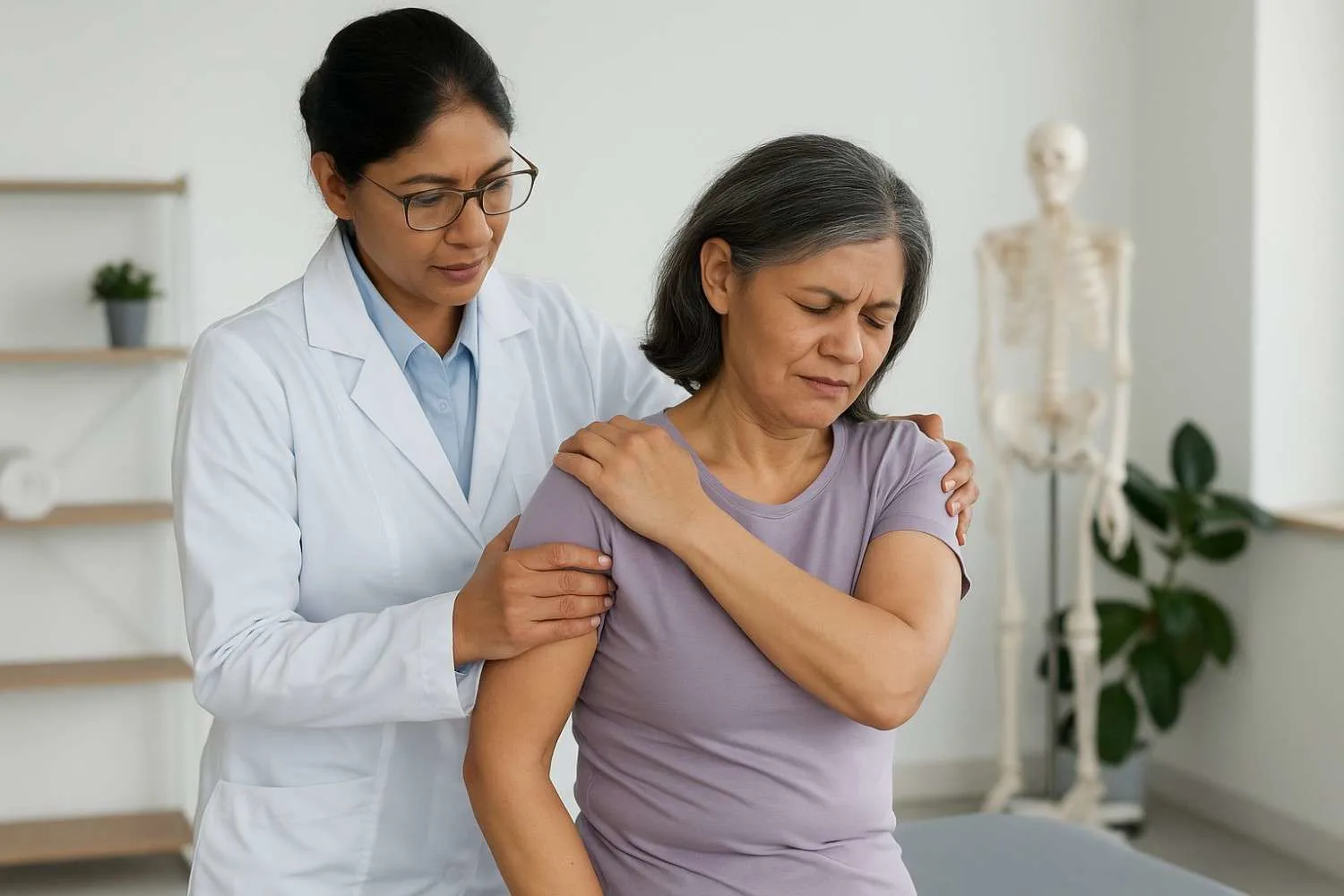

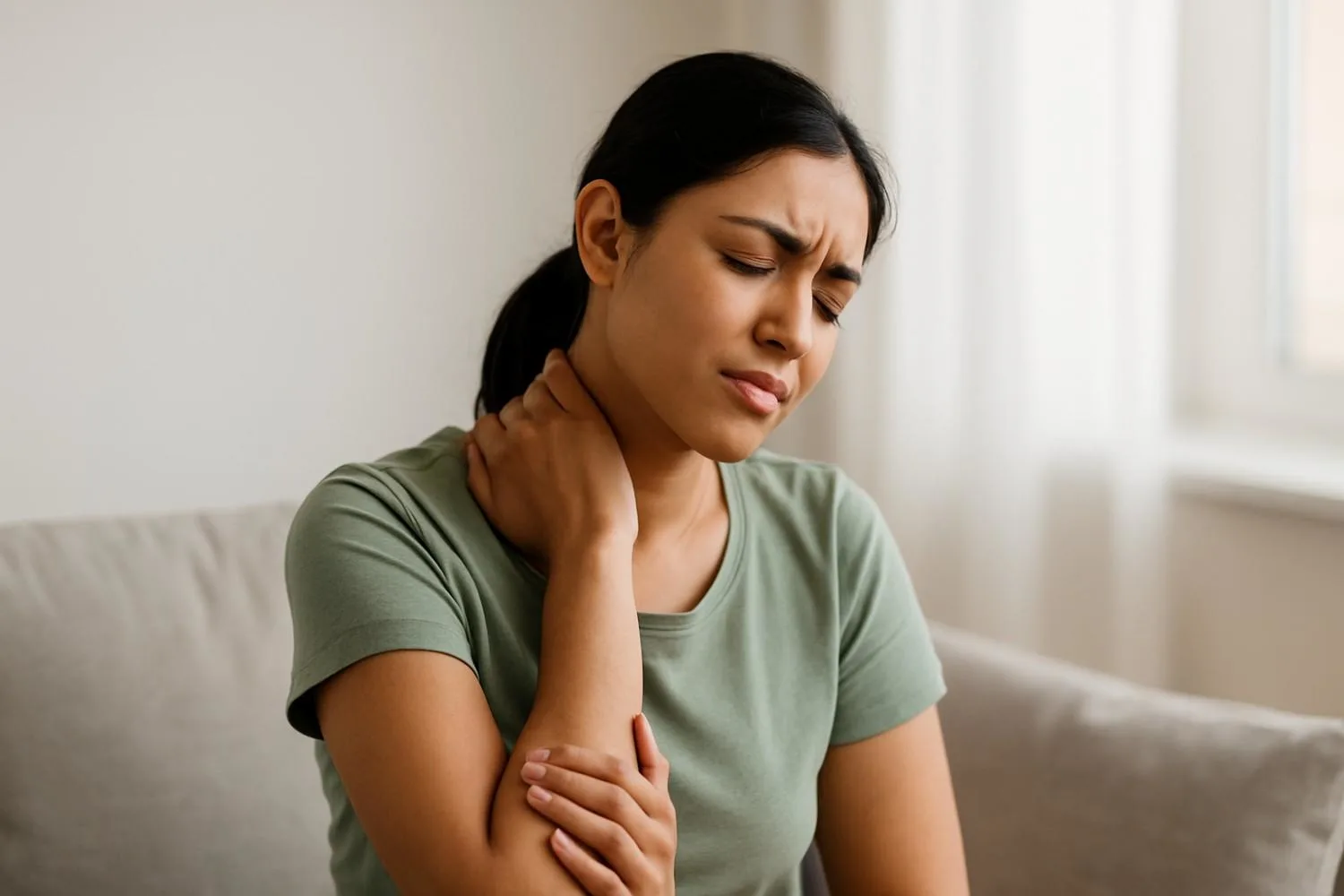
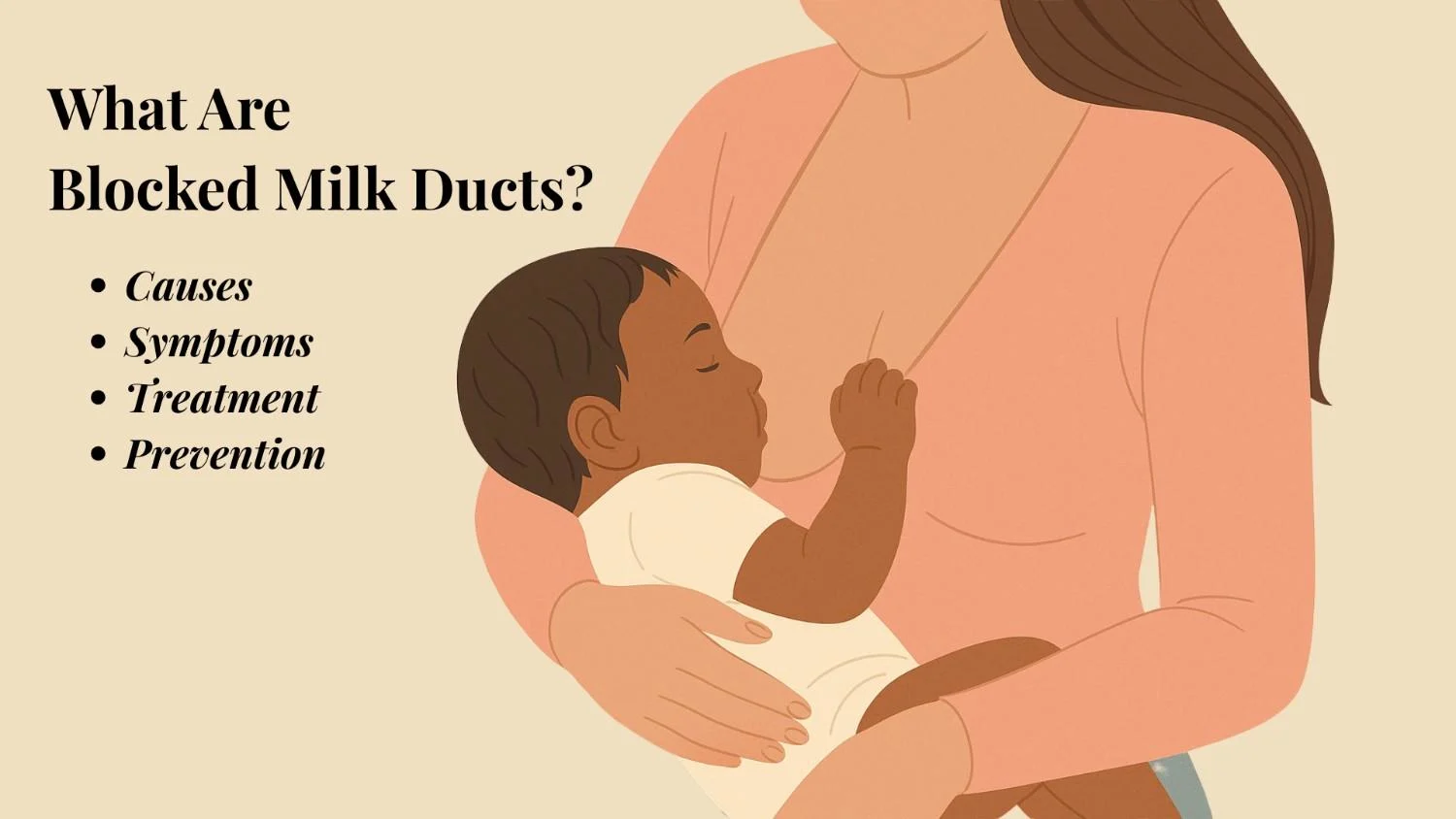
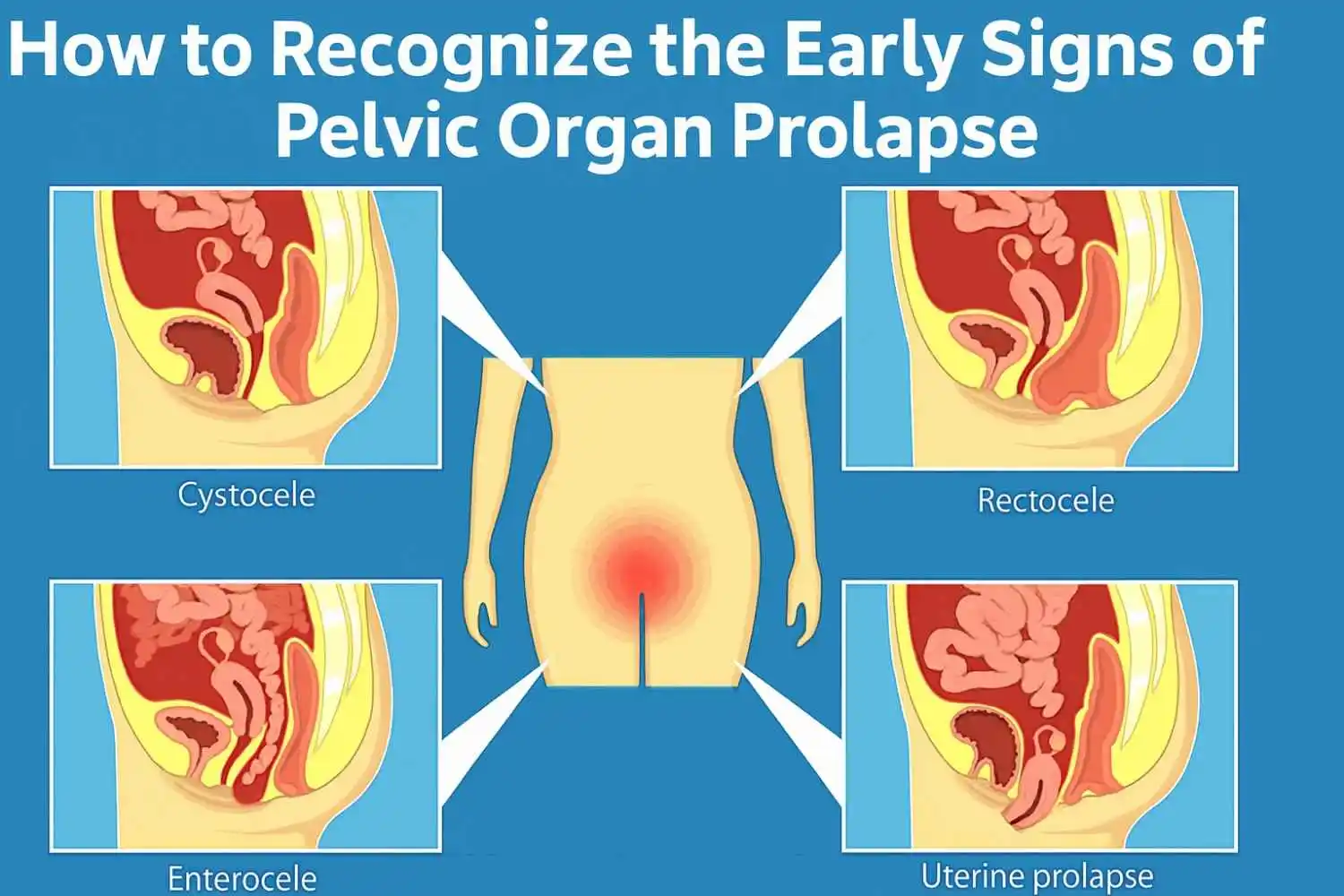
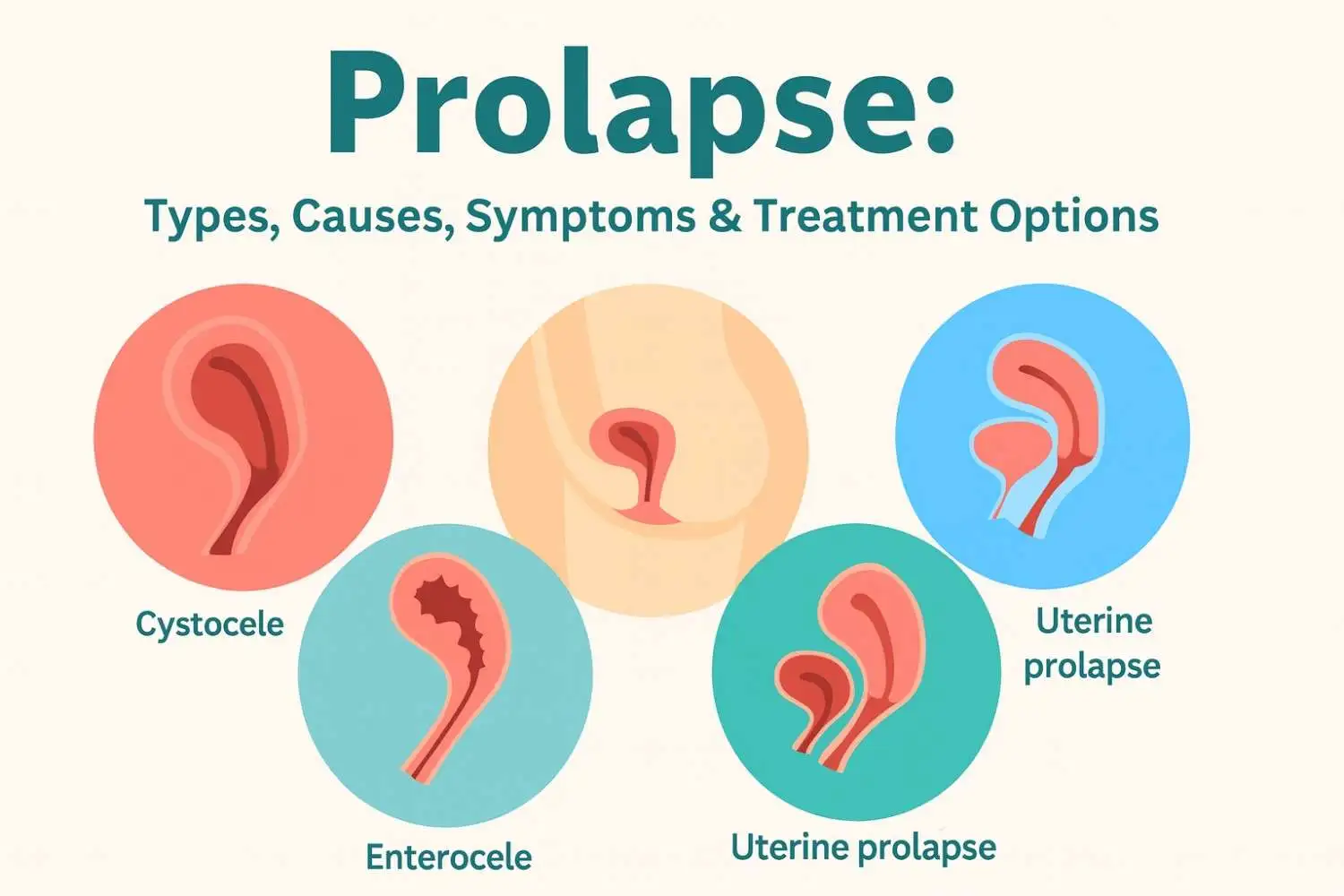









.webp)





.jpg)






































